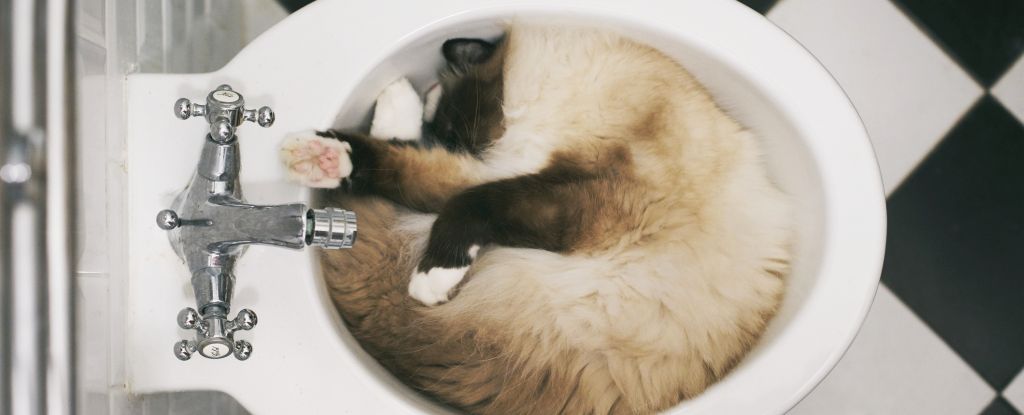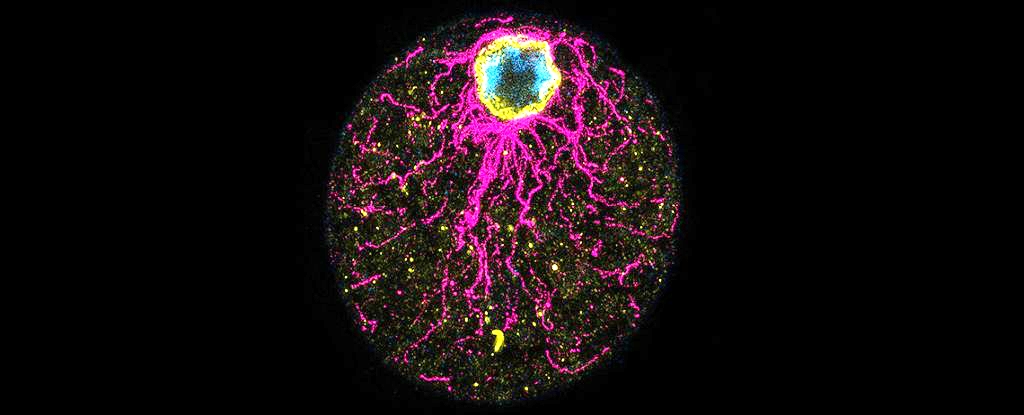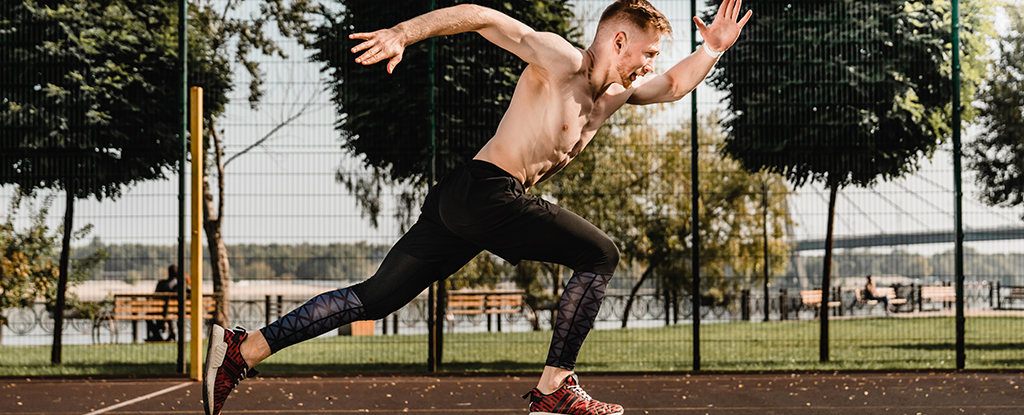If you’ve ever lived with a cat, you’ve seen the way they ooze and spill and flow, like a small ambulatory fur puddle.
Not only do we think of cats as liquid objects, they smugly seem to know it too.
Science has now effectively proven it: when faced with a series of progressively smaller openings, cats are able to pour their way through, much like a liquid, hesitating when the opening is too small for comfort.
It suggests that as well as displaying some of the properties of fluids, cats also possess a measure of self-awareness about their own size.
The finding, made by ethologist Péter Pongrácz of Eötvös Loránd University in Hungary, adds to our understanding of the cat’s sense of self – a key metric when assessing the cognitive abilities of a given species.
The fluidity of felines has not escaped the notice of science. In 2014, a paper by physicist Marc-Antoine Fardin showed that, over time, cats ooze to conform to the shape of containers in which they sequester. This could, in a rather imaginative sense, place cats in the category of amorphous solids – not quite a solid, but not quite a liquid, either.
Pongrácz’s research was conducted to determine whether cats demonstrate awareness of their own bodies. He participated in a similar study in 2019 on dogs, which found that by being wary of entering gaps too small for their bodies, our canine companions know their own size and use that knowledge to make decisions.
Cats are a bit harder to study, because they are much more ornery. Dogs are pretty happy to do the things humans ask of them, but cats only does what cats wants. And cats do not like laboratory settings.
So, Pongrácz designed an experiment to suit an environment more comfortable for the cats, taking to their own homes in Budapest to put them through their paces. The setup consisted of boards with openings cut out, the first series with varying widths, and the second with varying heights.
Though only 30 of the 38 cats selected actually completed the experiment, the results of their participation was telling.
For most of the holes, the cats oozed themselves through to their human on the other side without hesitation, even when the hole was half their body width. But, for the panels of varying height, the cats showed hesitation if the aperture was shorter than the height of their withers, and even sought alternative solutions, such as jumping over the panel entirely.
This behavior emerged more frequently in taller cats, suggesting that body size awareness plays a role in the decision-making.
It’s also important to note that, because the experiment was taking place in the cats’ homes – an environment in which the animals would feel safe – the hesitation was unlikely to be due to wariness about what might be on the other side of the panel.
These results suggest that opening narrowness and opening height are perceived differently by cats. Narrow openings are perfectly fine, and a cat will squeeze itself through like toothpaste out of a tube, without a care in the world.
However, opening height requires more consideration, potentially because the cat has to crouch to get through.
“The results indicate that cats may find it more difficult to crawl through a short opening than squeezing themselves through a tall but narrow one. Their specific anatomical features support this theory,” Pongrácz writes.
“Additionally, cats could behave more cautiously when they have to lower their posture in a very short opening, because they might feel more vulnerable in this situation.”
He plans to design more experiments designed to test cats’ awareness of their size and weight in more challenging situations, and discern how that awareness affects their decision-making processes.
The research has been published in iScience.





